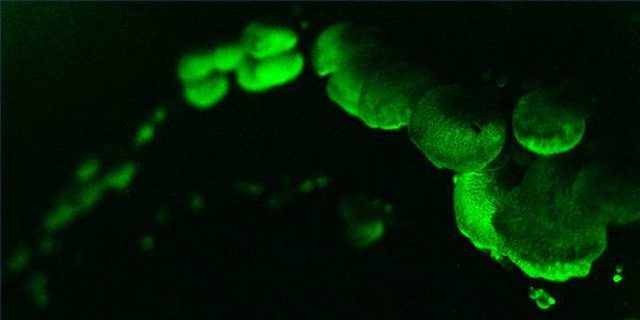Bulbs
Flower Basics
Flower Beds & Specialty Gardens
Flower Garden
Garden Furniture
Garden Gnomes
Garden Seeds
Garden Sheds
Garden Statues
Garden Tools & Supplies
Gardening Basics
Green & Organic
Groundcovers & Vines
Growing Annuals
Growing Basil
Growing Beans
Growing Berries
Growing Blueberries
Growing Cactus
Growing Corn
Growing Cotton
Growing Edibles
Growing Flowers
Growing Garlic
Growing Grapes
Growing Grass
Growing Herbs
Growing Jasmine
Growing Mint
Growing Mushrooms
Orchids
Growing Peanuts
Growing Perennials
Growing Plants
Growing Rosemary
Growing Roses
Growing Strawberries
Growing Sunflowers
Growing Thyme
Growing Tomatoes
Growing Tulips
Growing Vegetables
Herb Basics
Herb Garden
Indoor Growing
Landscaping Basics
Landscaping Patios
Landscaping Plants
Landscaping Shrubs
Landscaping Trees
Landscaping Walks & Pathways
Lawn Basics
Lawn Maintenance
Lawn Mowers
Lawn Ornaments
Lawn Planting
Lawn Tools
Outdoor Growing
Overall Landscape Planning
Pests, Weeds & Problems
Plant Basics
Rock Garden
Rose Garden
Shrubs
Soil
Specialty Gardens
Trees
Vegetable Garden
Yard Maintenance
What Kind of Plants Glow in the Dark?
What Kind of Plants Glow in the Dark?. Glow-in-the-dark plants, more correctly called bioluminescents, are found in different environments throughout the world. Bioluminescence is the emission of light from living things.
Glow-in-the-dark plants, more correctly called bioluminescents, are found in different environments throughout the world. Bioluminescence is the emission of light from living things.
Jack o'Lantern Mushroom
Jack o'lantern mushroom (Omphalotus olearius) is a yellowish mushroom that resembles some chanterelles. Because of a special enzyme, called luciferase, the gills of the mushroom glow in the dark. This mushroom, like most bioluminescent fungi, is poisonous and will cause cramps and vomiting. This is caused by the presence of the poison illudin in its flesh. A sub-variety, the western jack o'lantern mushroom (Omphalotus olivascens), is found in the southern part of California.
Tsukiyotake
Tsukiyotake (Omphalotus japonicus) is native to Asia and particularly common in Japan. The tsukiyotake is a relative of the jack o'lantern mushroom, and is also poisonous, but can easily be distinguished from a chanterelle
Ghost Fungus
Ghost Fungus (Omphalotus nidiformis) is a mushroom found in southern Australia, and is generally found growing on dead or dying trees. It is parasitic. They look similar to oyster mushrooms, and can be seen at night as a pale glow on the base of eucalyptus trees in a forest. The cap ranges in color and is often tinted with orange, brownish, grayish, purple or even bluish-black shades; the gills are white. The whole mushroom glows, although the green-glowing gills are the most luminescent. It occurs in the south part of Australia and in Tasmania
Honey Mushroom
Honey mushrooms (Armillaria mellea), and other closely related root rot and wood decay fungi found across North America, Europe and Asia, grow on old and rotting trees, loose wood pieces and on buried roots. The main body of the mushroom does not glow, only the rooting portion of it does. Armillaria is also known as "foxfire."
Panellus Stipticus
Panellus stipticus is a tiny fungus that is found in rotting hardwood all around North America; it is more common in eastern North America than in the West. It has a small tan-to-white cap and white luminescent gills. It is very hardy and, after drying out, is able to revive with enough rain. It can be used as a styptic to stop the loss of blood.
